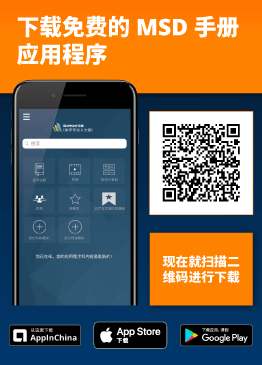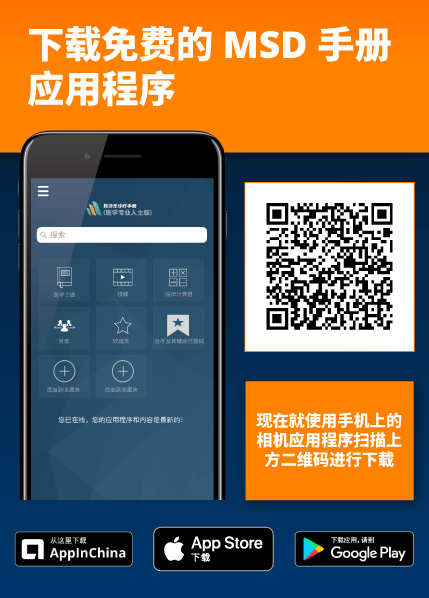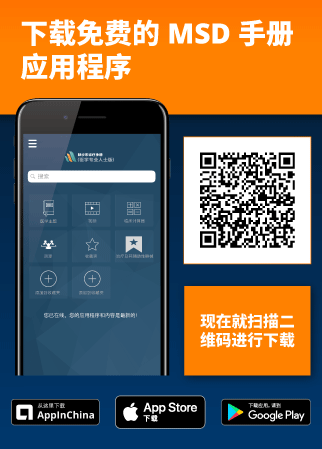质膜转运蛋白通过介导药物的吸收,分布,代谢和排泄影响药物的药理活性 (1)。 药物竞争结合药物转运蛋白会发生药物相互作用,改变药物反应并引起潜在的毒副作用 (2, 3)。 两种主要转运蛋白是三磷酸腺苷(ATP)结合框(ABC,也称为P-糖蛋白)和溶质载体(SLC)转运蛋白。SLC转运蛋白包括新兴的有临床重要意义的转运蛋白,称为多药和毒素外排(MATE)转运蛋白,有助于二甲双胍的肾脏排泄,以及西咪替丁与其他药物的相互作用 (2)。这些药物转运蛋白在胎儿期和新生儿期似乎较少表达,但在7岁以后会增加 (4)。
(参见药动学概述。)
参考文献
1.Mao Q, Lai Y, Wang J: Drug Transporters in Xenobiotic Disposition and Pharmacokinetic Prediction. Drug Metab Dispos 2018;46(5):561–566, 2018.doi:10.1124/dmd.118.081356
2.Paglialunga S, Benrimoh N, van Haarst A: Innovative Approaches to Optimize Clinical Transporter Drug-Drug Interaction Studies.Pharmaceutics 16(8):992, 2024.doi: 10.3390/pharmaceutics16080992
3.Ivanyuk A, Livio F, Biollaz J, Buclin T: Renal Drug Transporters and Drug Interactions.Clin Pharmacokinet 56(8):825–892, 2017.doi: 10.1007/s40262-017-0506-8
4.Mooij MG, Nies AT, Knibbe CA, et al: Development of Human Membrane Transporters: Drug Disposition and Pharmacogenetics.Clin Pharmacokinet 55(5): 507-524, 2016.doi: 10.1007/s40262-015-0328-5



